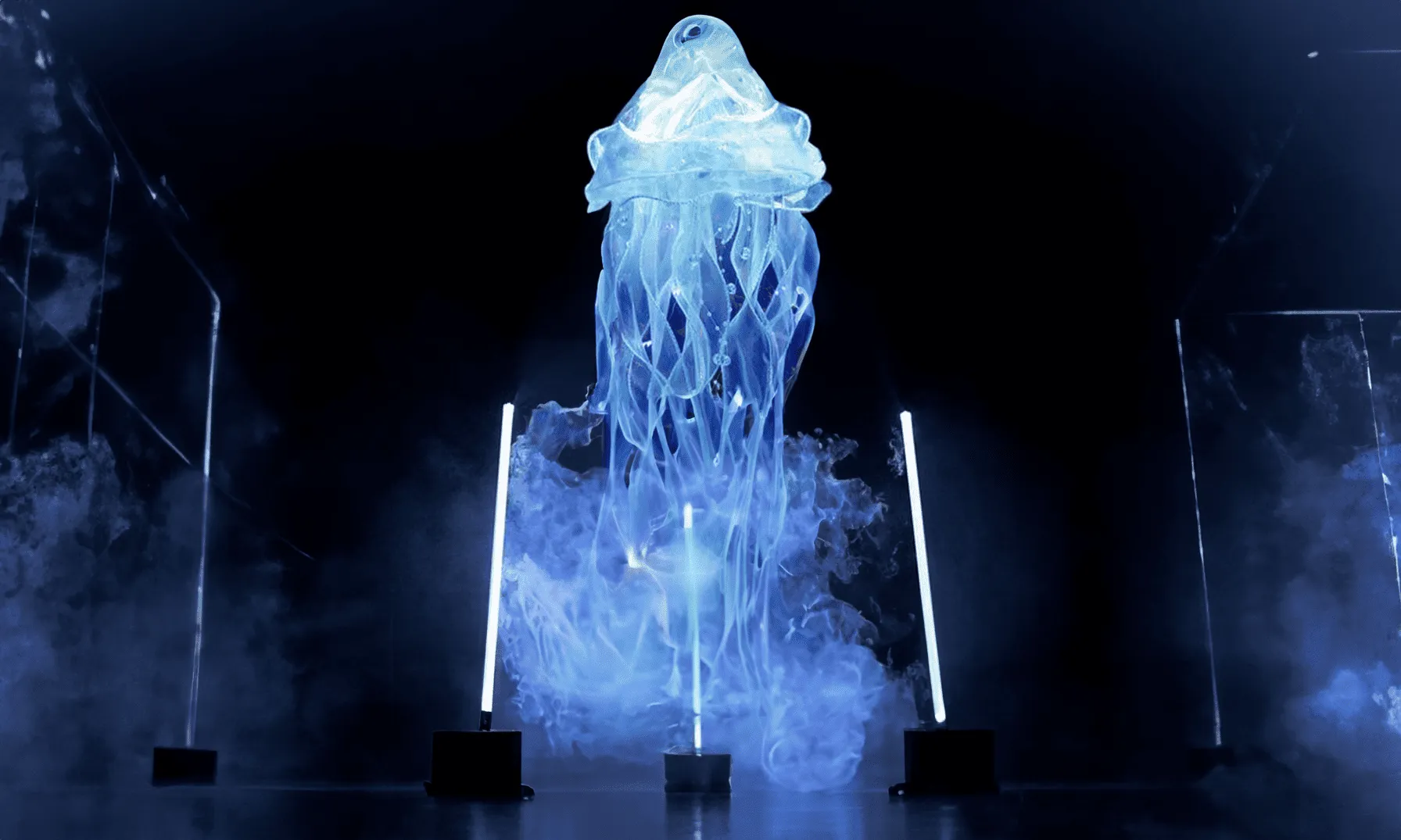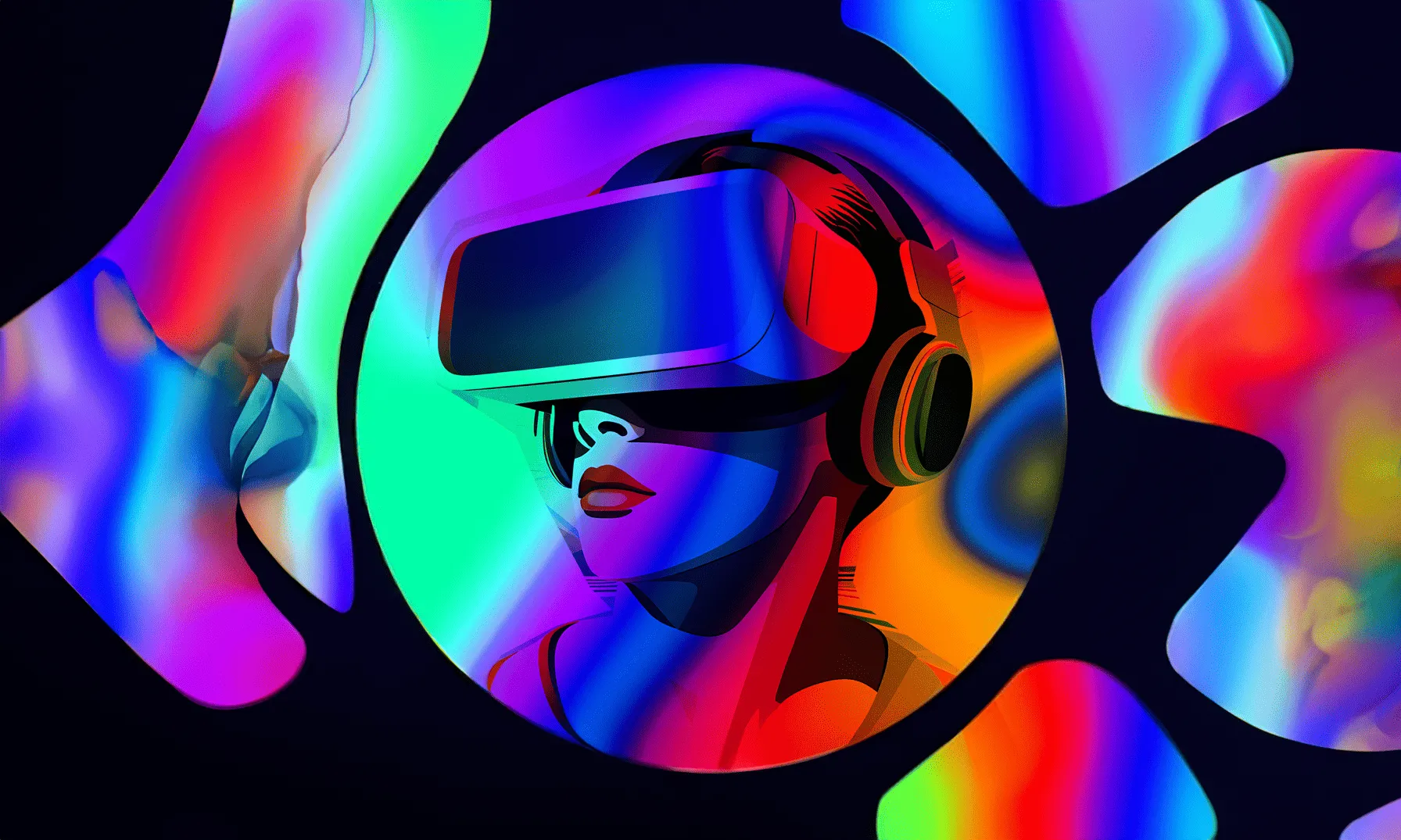August 7, 2024
Experiential Marketing in the Digital Age: A Comprehensive Guide

Experiential Marketing in the Digital Age: A Comprehensive Guide
Experiential marketing is an innovative strategy that puts you in the middle of an immersive brand experience.
Unlike traditional advertising, which relies on visual or auditory messages, experiential marketing invites you to engage with a company's products or services tangibly and interactively.
This creates a memorable event that not only resonates on a personal level but can also drive word-of-mouth marketing as participants share their experiences with others.
The success of an experiential marketing campaign hinges on its ability to connect with you emotionally and create a lasting bond between you and the brand.
By participating in unique and creative events or experiences, you gain a deeper understanding of what a company stands for and the value it provides.
Digital integration allows these moments to transcend the physical space and reach a broader audience via social media sharing, amplifying the impact of the campaign.
Key Takeaways
- Experiential marketing fosters a direct connection between brands and consumers through memorable interactions.
- Digital elements can enhance experiences and facilitate widespread sharing.
- The effectiveness of experiential campaigns can be measured to determine their impact on brand perception and customer loyalty.
The Concept and Benefits of Experiential Marketing Campaign
In today's competitive marketplace, you need strategies that set your brand apart. Engagement marketing does just that by immersing customers in live, unforgettable experiences that foster deeper connections.
Defining Experiential Marketing
Experiential marketers use a strategy that encourages them to create engaging and interactive experiences to connect with customers on a personal level.
Unlike traditional marketing, which often relies on passive forms of engagement like advertisements, experiential marketing seeks to involve the customer directly and create a lasting impression that can enhance brand recall and loyalty.
Advantages Over Traditional Marketing
Experiential marketing offers several key benefits that traditional marketing methods may lack:
- Enhanced Brand Loyalty: By creating memorable experiences, you forge a stronger emotional connection with your audience, which can translate into increased brand loyalty.
- Amplified Brand Awareness: Participatory experiences can create a buzz, making them more likely to be shared both in person and online, therefore amplifying your brand awareness.
Its Role In Digital Marketing
Even as digital marketing techniques become more prevalent, experiential marketing maintains relevance.
It can be seamlessly integrated with digital campaigns to create a comprehensive marketing tactic.
By combining live events with digital interactivity, you provide potential customers with a unique brand experience that they're eager to share online, thus expanding your digital footprint and fostering community.
Planning and Strategy for the Best Experiential Marketing Campaigns
To ensure the success of your experiential marketing campaign, a meticulous approach to planning and strategy is essential.
Dive deep into the intricate process of strategizing, budget allocation, and understanding your target audience to execute a winning experiential marketing technique.
Developing The Best Experiential Marketing Strategy
To develop a robust experiential marketing plan, start by identifying the primary goal of your campaign.
Are you aiming to increase brand awareness, launch a new product, attract new customers, or enter a new market?
Your marketing team should set clear, measurable objectives that align with your broader marketing goals.
Engage in creative brainstorming sessions to devise innovative concepts that can create unforgettable experiences.
Research suggests that unique and interactive events forge stronger emotional connections with attendees.
Your strategy should outline specific tactics for generating buzz and excitement before, during, and after the event.
Budgeting for Impact
Your marketing budget is a blueprint of your limitations and possibilities.
Draft a detailed budget that covers all aspects of your campaign, from venue rental to technology integration.
To make sure your expenses translate to impact, categorize your budget into essentials and optional enhancements. For instance:
By prioritizing essential costs, you can allocate remaining funds to enhancements capable of taking your campaign’s impact to the next level.
Target Audience Analysis
Understanding your target audience is crucial to crafting a successful experiential marketing strategy.
Your audience's preferences, behaviors, and pain points should guide your campaign’s design.
You'll want to collect data on the demographic and psychographic makeup of your potential attendees.
Look into their typical online behavior and engagement patterns to decide on the right platforms for promotion.
Remember, the objective is to tailor the experience so that it resonates with a new audience or deepen a way to engage with existing customers.
Types of Experiential Marketing Events
Experiential marketing events come in various formats, each with distinctive features that cater to engaging you directly with the brand. These live events are crafted to create a lasting impact through sensory and emotional connections.
Pop-Up Shops and Activations
Pop-up shops and activations are temporary retail spaces or experiences that appear unexpectedly in public venues to generate excitement and engage directly with you.
These pop-up events are designed to create a unique, immersive experience that goes beyond traditional retail, emphasizing brand activation to foster a deeper connection between you and the brand.
- Purpose: Immediate engagement and unique brand experiences.
- Duration: Typically short-term, ranging from a day to a few months.
Trade Shows and Exhibitions
Trade shows and exhibitions are large-scale events where multiple brands within an industry gather to showcase their latest products or services.
As a participant, you're exposed to a multitude of interactive displays, live demonstrations, and networking opportunities.
- Purpose: Industry networking and product showcasing.
- Audience: B2B-focused; industry professionals and buyers.
Interactive Installations for Memorable Experiences
Interactive installations are creative setups that encourage active participation from you.
These installations often feature cutting-edge technology and innovative design to capture your imagination and provide an interactive event experience tailored towards live audience engagement.
- Purpose: Immersive brand storytelling and memorable interactions.
- Features: Use of technology, creative set design, and sensory stimuli.
Digital Integration in Experiential Campaigns
In today's interconnected world, effective experiential marketing campaigns seamlessly merge digital engagement with tangible experiences. This digital integration amplifies the reach and impact of your event, resonating with attendees both on-site and online.
Blending Physical and Digital Experiences
To create a cohesive experience, hybrid events combine the immediacy of in-person engagement with the convenience of digital accessibility.
By integrating virtual events, you extend your touchpoint, making the experience accessible to a global audience.
Digital marketing tools like AR and VR can transport remote participants to the heart of your event, fostering an immersive involvement that rivals physical attendance. For Example:
- In-person: Live product demonstrations or interactive installations
- Virtual: 360-degree video streams or online workshops
Role of Social Media and Influencers
Social media is a powerful amplifier of these campaigns, bridging the gap between the event and a wider online community.
Leverage these personalities in your content marketing strategy as they can share their authentic experiences with their followers, magnifying your reach and credibility.
- Platforms to consider: Instagram stories, Snapchat Geo-filters, Twitter chats
- Content Types:
- Real-Time: Live tweets or posts from the event
- Post-Event: Recaps or highlights shared by attendees and influencers
By strategically employing digital tools to broaden the scope of your campaigns, you can significantly boost engagement before, during, and after the event.
Remember to synchronize your physical and digital efforts for maximum impact, making sure they complement rather than compete with each other.
Measuring Success and ROI
Determining the impact of your experiential marketing efforts on brand awareness and fostering loyalty among your customers is crucial for justifying the investment.
Evaluating both the tangible and intangible returns can help you fine-tune your marketing strategies for greater effectiveness.
Metrics for Experiential Campaigns
When assessing Experiential Campaigns, it's important to measure a variety of metrics to capture the full breadth of your campaign's impact. Here are some critical Key Performance Indicators (KPIs) to consider:
- Brand Engagement: Measure the number of interactions, such as social media mentions and hashtag uses.
- Lead Generation: Track the number of new contacts made, and follow their journey through the sales funnel.
- Sales Conversion: Monitor any increase in sales that can be attributed directly to the experiential event.
- Foot Traffic: Count the number of visitors to your event and any corresponding physical locations.
- Social Media Reach: Look at the growth in followers and engagement on your brand's social media platforms before and after the event.
Qualitative and Quantitative Feedback
Gauging the success of an experiential marketing initiative requires a blend of Qualitative and Quantitative Feedback to form a complete picture.
- Quantitative Data: This includes statistics such as attendance numbers, social media engagement rates, or the number of leads generated. It's the hard data that shows numerical changes pre- and post-campaign.
- Qualitative Data: This encompasses participant feedback, testimonials, and overall sentiment. It offers deeper insights into the customer experience and can be a driving force for cultivating loyal customers.
Experiential Marketing Examples
Understanding the impact of experiential marketing can transform your brand's reach and customer engagement. Dive into these real-world examples to uncover the tactics behind the most successful campaigns.
Successful Campaigns
Warner Bros Pictures: Barbie Movie Selfie Generator
Imagine stepping into a virtual world where you can transform into an iconic doll. That's what Warner Bros Pictures accomplished with its Barbie Movie Selfie Generator.
They leveraged generative AI, allowing users to identify with various professions and personalities. This reflects the brand's values of diversity and inclusion.
Red Bull: Stratos
Red Bull launched themselves and skydiver Felix Baumgartner 128,000 feet into the stratosphere. They broke world records and live-streamed the event to over 8 million people.
This bold move, named Stratos, not only captured viewers' imaginations but also showcased the brand's alignment with extreme sports and daring achievements.
Refinery29: 29Rooms
Refinery29 created a maze of experiences with 29Rooms, an event combining style, culture, and technology.
Collaborating with various brands and artists, they curated a unique interaction in each room. This demonstrates the power of partnership and creativity in experiential marketing.
Learning from the Best
Incorporate New Technologies:
Engagement skyrockets when brands embrace new innovations like augmented reality, AI, or virtual reality. As exhibited by the Barbie campaign, utilizing AI can generate buzz and foster a personal connection with your audience.
Build Suspense and Share Experiences:
Red Bull's Stratos mission capitalized on the natural human inclination toward suspense and adventure. The idea is to create a narrative around your campaign that invites the audience to join in on a potentially once-in-a-lifetime event.
Focus on Inclusivity and Collaboration:
Refinery29's 29Rooms showed that inclusive, immersive experiences, co-created with other brands or influencers, can lead to a broader reach and deeper impact. This approach can resonate with a diverse array of customers, enriching the brand experience.
Future of Experiential Marketing
Experiential marketing has become a key tool for fostering a deeper connection with your customers.
Event marketing initiatives now prioritize memorable experiences that immerse people in your brand story.
The evolution of experiential marketing, often referred to as XM marketing, hinges on integrating technology and personalization to engage audiences.
In the near future, you can expect experiential marketing to leverage technologies like virtual reality (VR), augmented reality (AR), and artificial intelligence (AI).
These technologies create captivating experiences that stick with customers long after the marketing event.
In particular, VR and AR offer a unique opportunity for customers to interact with your brand in a completely novel way.
- VR experiences allow your customers to explore a virtual space you design, showcasing products or services.
- AR incorporates digital elements into the real world, enhancing physical events or locations.
Customization plays a crucial role in future strategies, allowing your experiential marketing campaigns to resonate on a personal level.
By tailoring experiences to individual preferences and behaviors, you ensure that each customer interaction is meaningful and impactful.
Moreover, social media continues to be an instrumental part of experiential marketing.
By strategically using influencers



